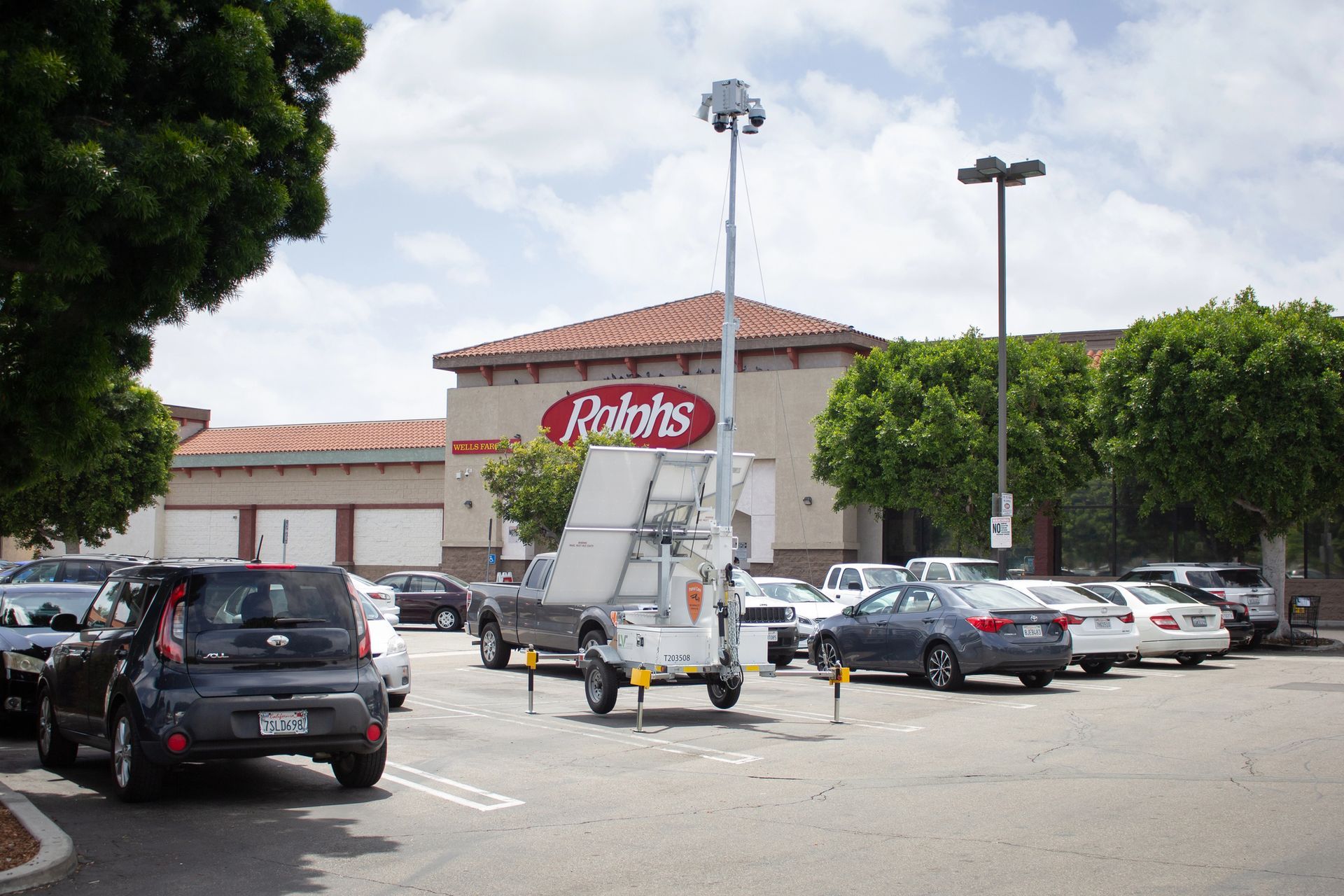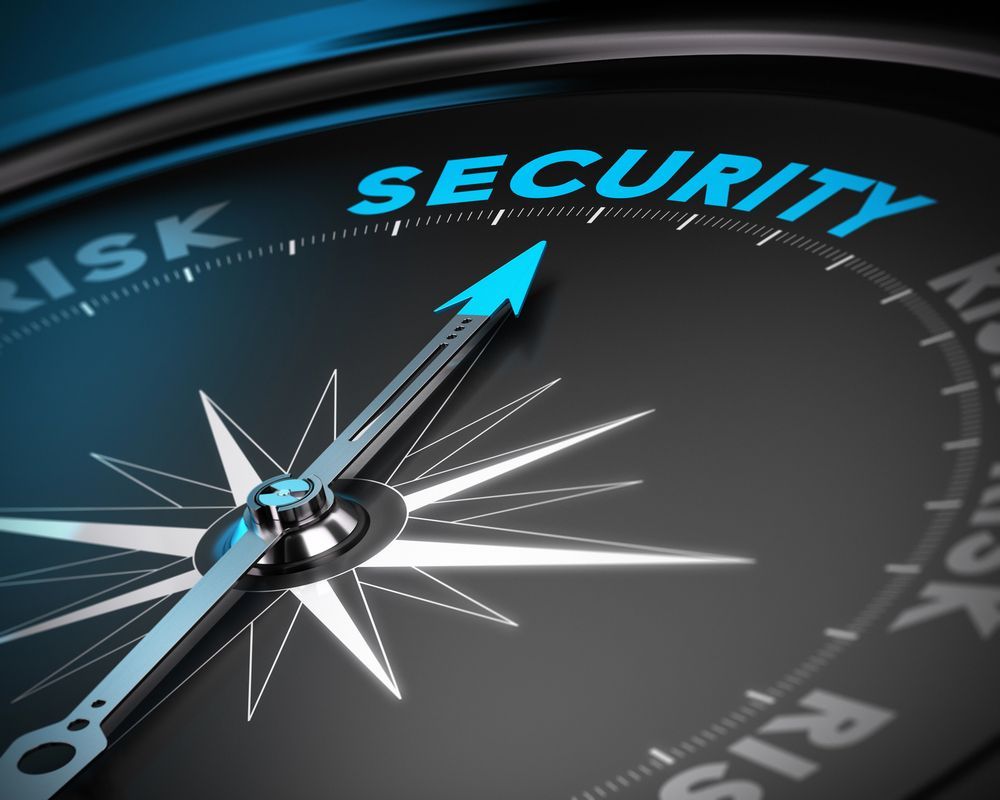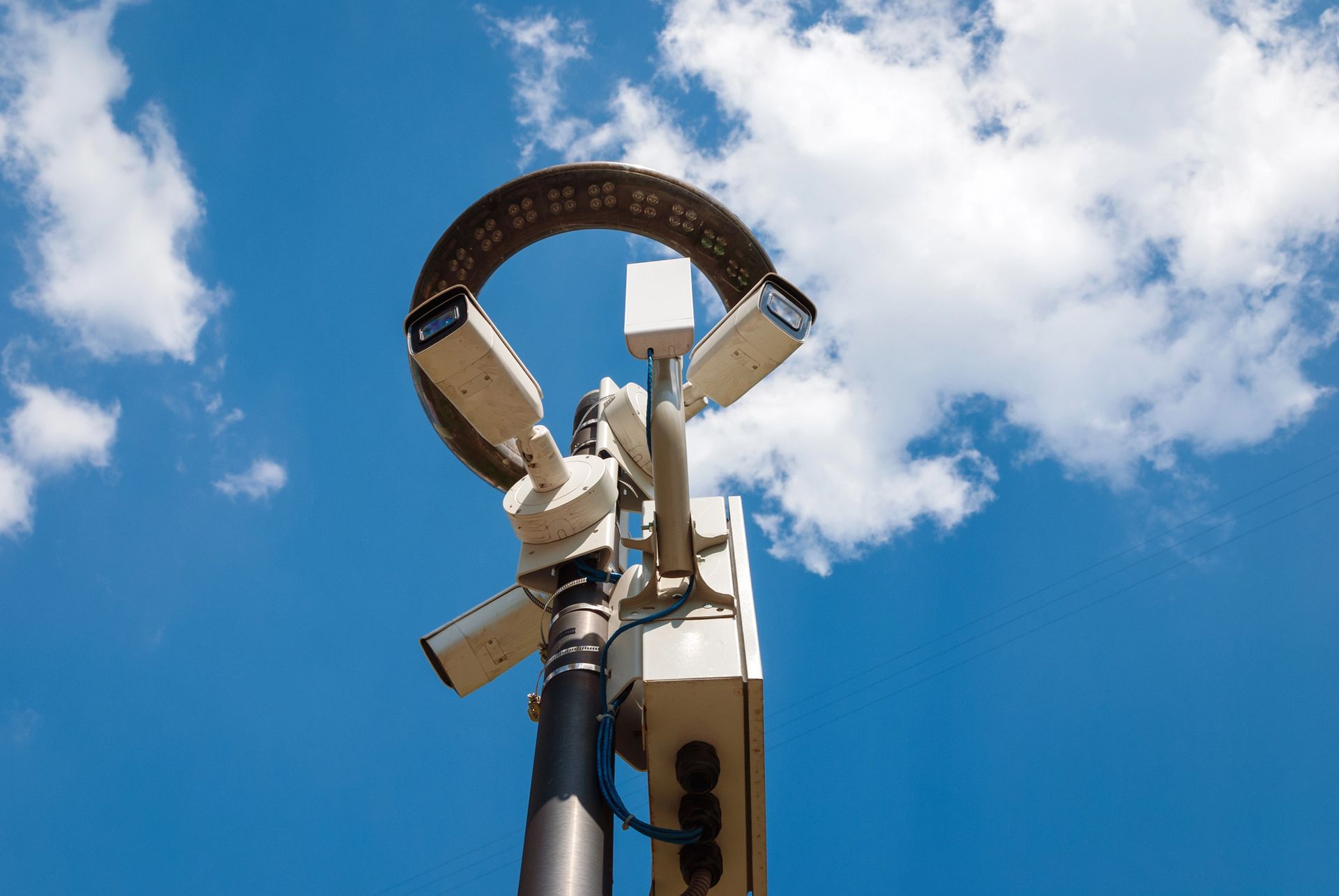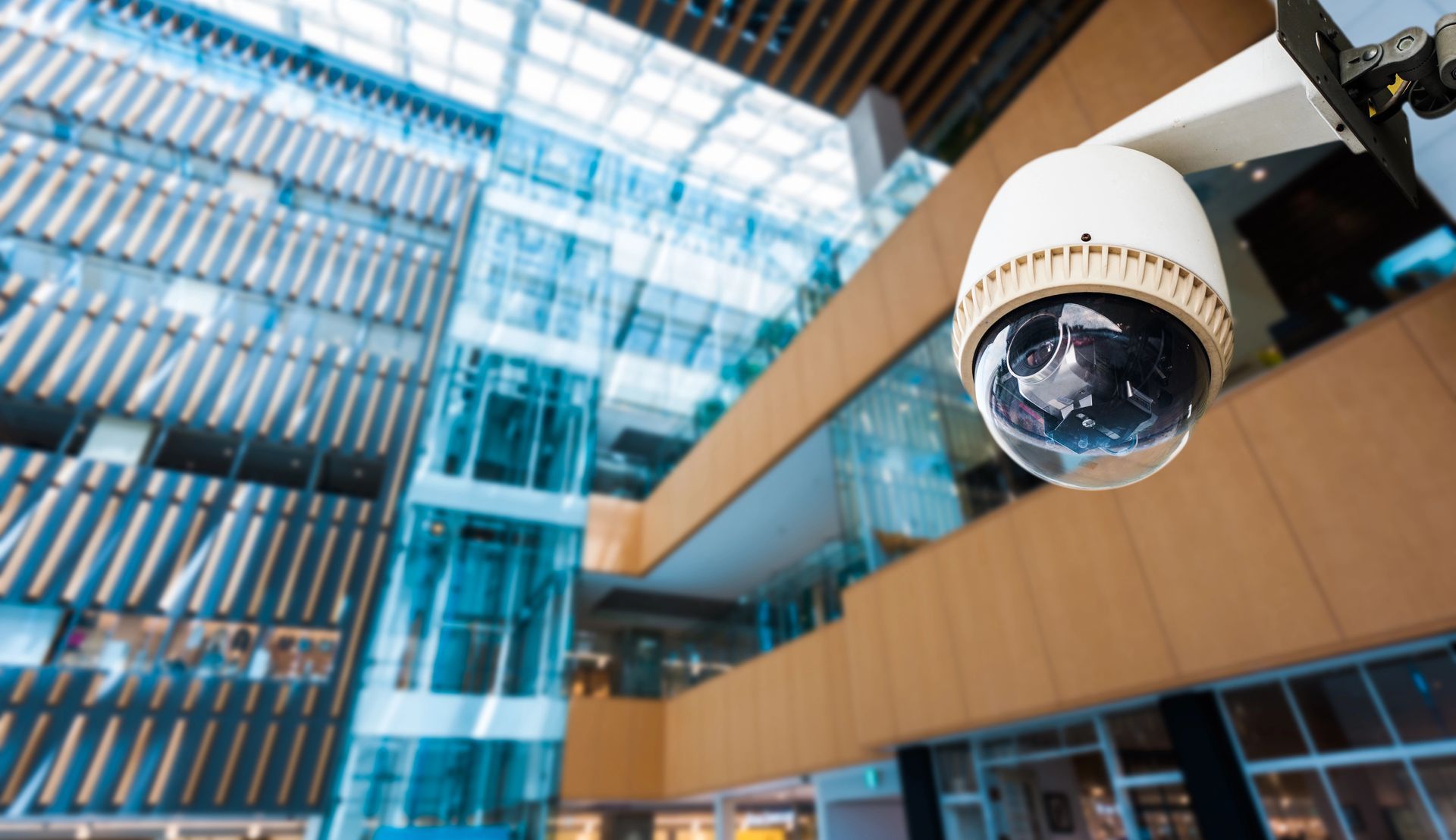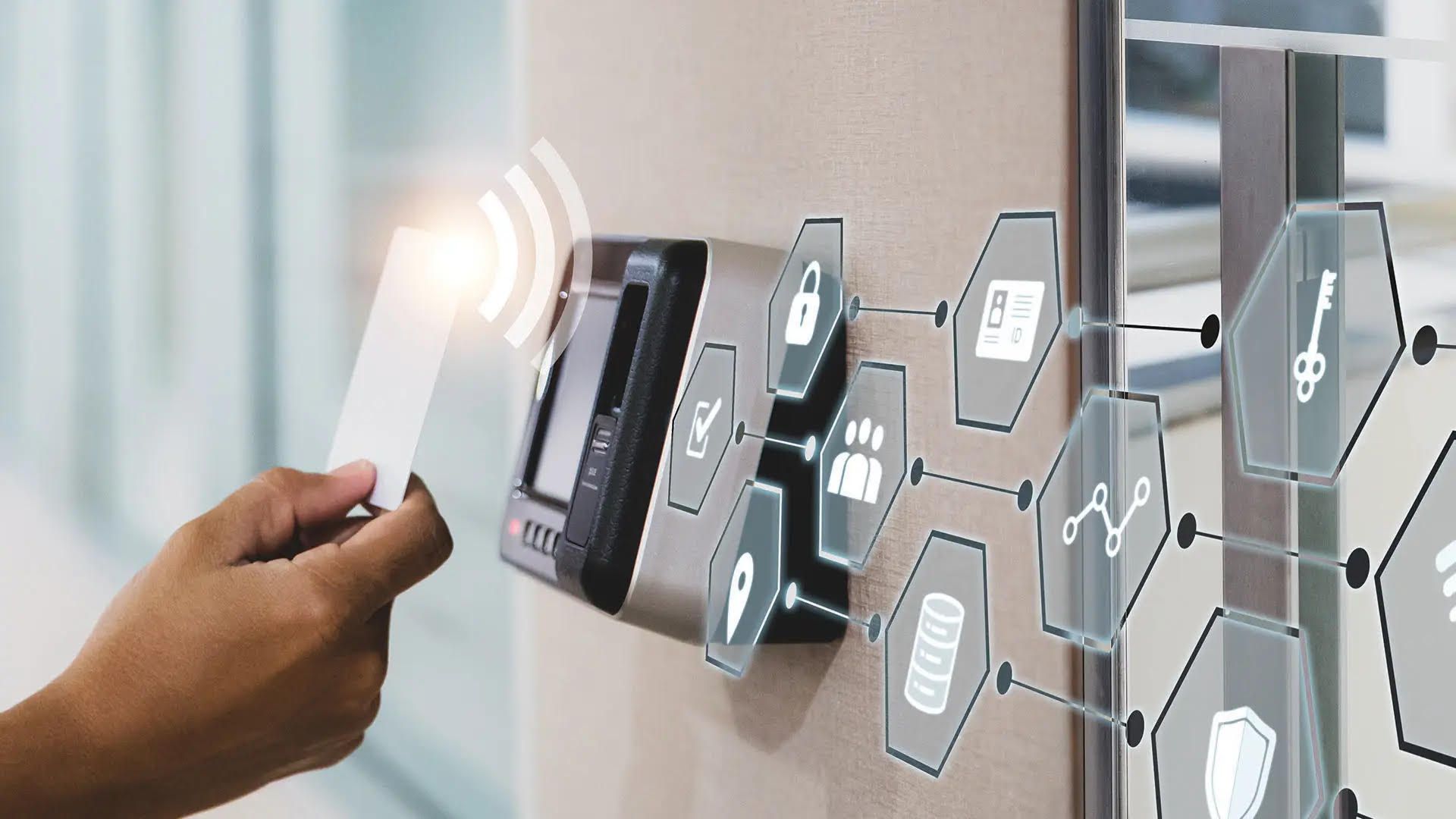The ROI of Commercial Security Systems: How to Justify Your Investment
Security systems used to be about preventing break-ins. Now, they're boardroom-level decisions tied directly to your bottom line.
From theft and liability to insurance hikes and operational delays, the financial fallout of poor security hits fast and deep.
Let’s break down the real ROI behind these systems and walk through three common business setups — a small retail store, a mid-size office, and a large warehouse — to show how the numbers stack up. We’ll also share a CFO-ready checklist to help you secure that green light for funding.

Calculating ROI: Costs vs. Savings
From high-def surveillance cameras to cloud-based access control, modern commercial security systems protect and pay off.
Initial Investment
Commercial security systems come with an upfront cost, but that number is a strategic allocation. You’re investing in hardware (CCTV cameras, sensors, access readers), software (monitoring, analytics, integrations), professional installation, and ongoing service fees.
Most systems follow predictable maintenance and refresh cycles, which makes it easier to plan and budget over time. Savvy buyers also factor in potential upgrades, licensing costs, and remote monitoring subscriptions, ensuring no surprises down the line.
Theft and Vandalism Reduction
Just having visible cameras and smart alarms can change human behaviour. For retail stores, this often translates to a 20–30% drop in shrinkage. For offices and warehouses, it means fewer equipment losses and less property damage.
Smart
access control can also restrict who enters a specific area and when, deterring external threats and internal theft, and reducing the frequency, severity, and cost of security incidents.
Insurance Premium Discounts
Insurers reward businesses that actively reduce risk. A professionally installed, well-documented security system can make your business more insurable, and that translates to lower premiums.
Some providers offer significant discounts for features like 24/7 surveillance, alarm integration, or access logs. Over time, these savings can chip away at your system’s payback period, helping the tech pay for itself faster.
Liability Mitigation
Accidents happen and disputes arise. When they do, clear, time-stamped video footage can help businesses avoid drawn-out legal battles by providing evidence to quickly resolve issues, whether it’s a customer slip-and-fall, a contractor injury, or a harassment claim.
Having this protection in place saves on legal fees while protecting your brand, strengthening HR compliance, and reducing exposure under corporate risk policies.
Operational Efficiency
Today’s systems go beyond just “security.” Smart access control automates employee entry, delivery tracking, and visitor management, reducing manual processes and improving response times.
Scenario Models and Payback Periods
Here’s how commercial security systems deliver real returns in three common business settings. Each scenario displays the upfront cost, annual savings, expected payback period, and a bonus benefit that you may not have considered.
| Business Type | Investment | Annual Savings | Payback Period | Bonus ROI |
|---|---|---|---|---|
| Small Retail Store | $5000 | $2000 (theft and insurance) | 2.5 years | Fewer staff hours spent handling security issues |
| Mid-Size Office | $12,000 | $4500 (efficiency and HR) | 2.7 years | Access logs reduce admin overhead |
| Large Warehouse | $40,000 | $18,000 (loss and liability) | 2.2 years | Integrates with facility ops to boost productivity |
CFO Pre-Budget Greenlight Checklist
Before you pitch the upgrade, come armed with answers to these five make-or-break questions:
What’s the total cost of ownership?
Go beyond the sticker price. Consider hardware refresh cycles, ongoing software licensing fees, cloud storage costs, and vendor support contracts.
Which KPIs will measure success?
Choose metrics that tie directly to financial and operational impact. Track things like shrinkage rates, incident response times, false alarm reductions, and insurance premium savings. The clearer the data, the easier it is to prove value and fine-tune the system over time.
Are funding and approvals secured?
Security investments often span both capital expenditures (capex) and operating expenditures (opex) budgets, so knowing where the funding is coming from is crucial. Explore flexible financing, leasing, or security-as-a-service models to reduce upfront cost and ease approval hurdles.
How does this align with our risk policy?
Show how a commercial security system reduces legal exposure, meets compliance mandates (like privacy laws or insurance requirements), and aligns with your company’s governance strategy.
What is the projected payback period?
Aim for a return on investment within three years—standard best practice for technology infrastructure.
What’s the Cost of Not Investing in a Commercial Security System?
One break-in, lawsuit, or inside job is all it takes to wipe out months, sometimes years, of profit.
Security isn’t a sunk cost. It’s control and ROI you can measure.
Want to see the numbers for your business? OS Systems can break it down.

